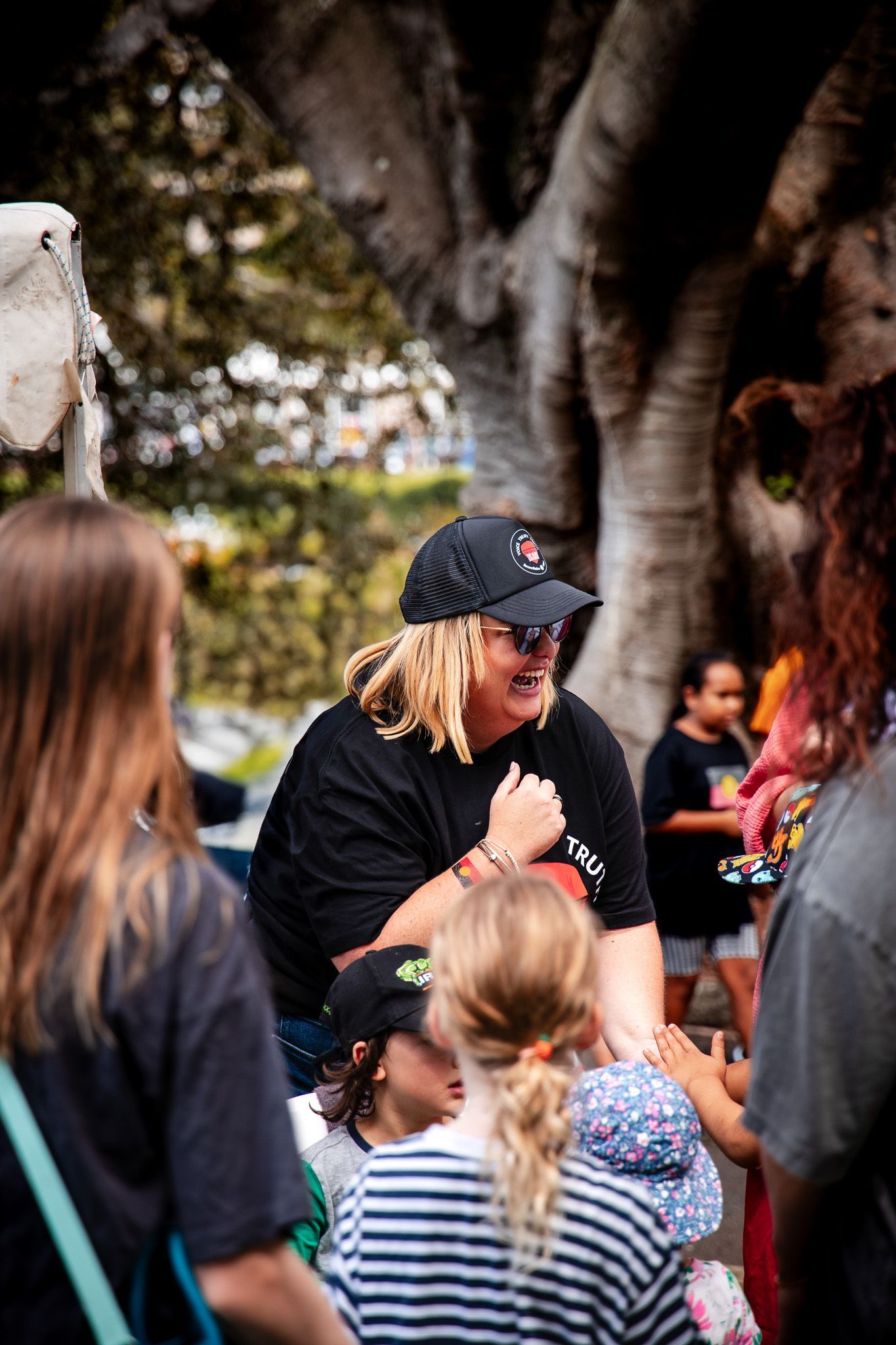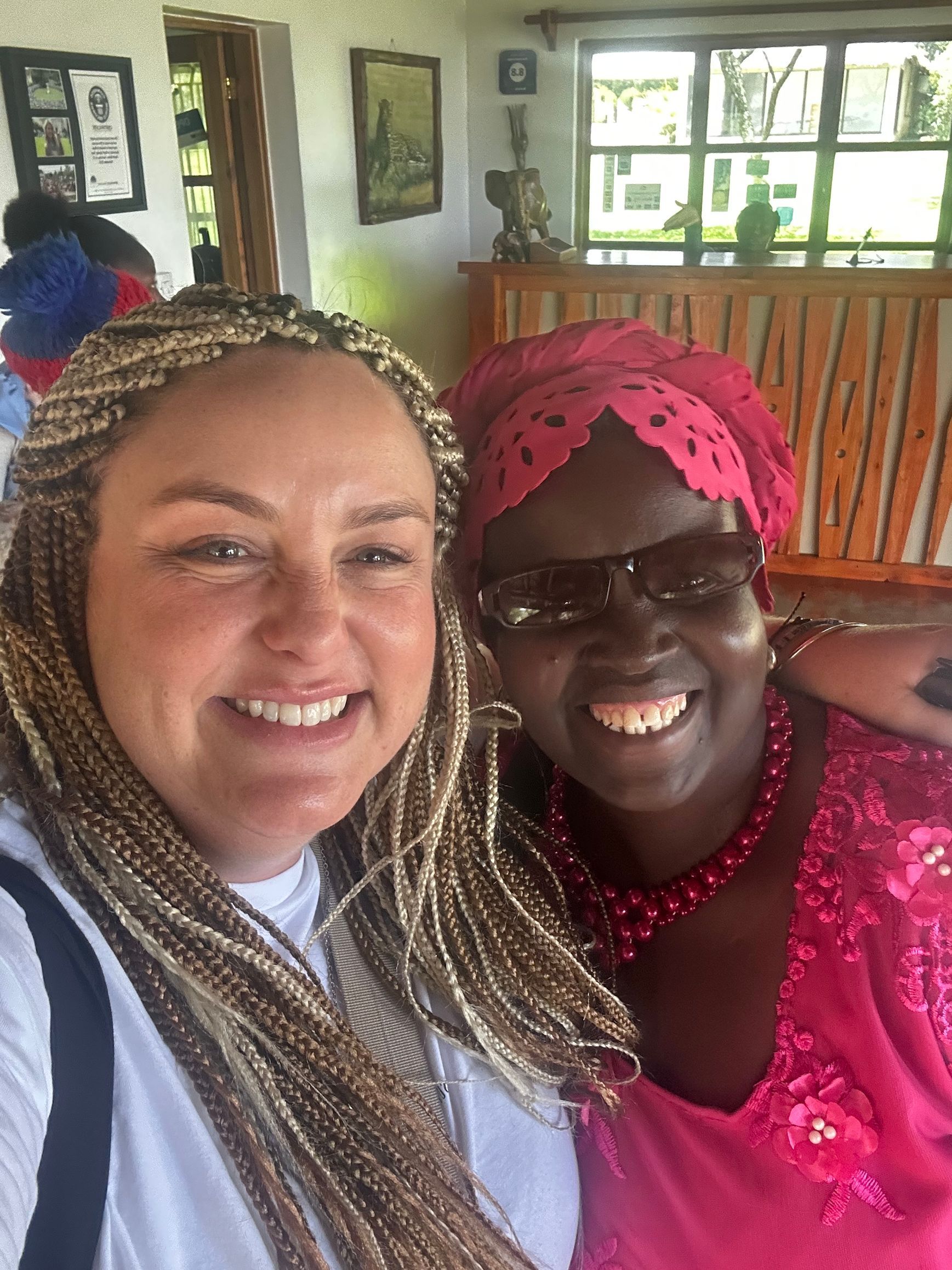Defining Impact in Nonprofits
Impact in the nonprofit world is often more than just a set of statistics. It's about creating meaningful, lasting change in communities and individuals' lives.
Defining impact requires a holistic approach that considers both quantitative and qualitative outcomes.For instance, a homeless shelter might count the number of people housed, but true impact could include improvements in mental health, job acquisition, or family reunification. These outcomes are harder to quantify but are often more indicative of long-term success.
Funders want measurable impact, but many nonprofits are working in areas where “success” is a matter of incremental progress, not overnight transformation. For example, let’s say a nonprofit runs a job readiness program for women escaping domestic violence. The program may provide essential job skills training and support services. The funder asks for data showing the number of women who secured jobs after completing the program. But the reality is that some women may face ongoing barriers like childcare issues, transportation problems, or a lack of stable housing. These are challenges that can’t be addressed by a single program.
The women may be moving toward independence, but it will take time and ongoing support. Should that be considered a failure? Or should it be viewed as a success that is harder to quantify but still incredibly valuable? Nonprofits must strive to capture these nuanced impacts through a combination of data collection, storytelling, and long-term follow-up. This comprehensive approach helps paint a fuller picture of the organisation's contributions to social change.
Impact in Education: The Struggle to Quantify Success
In education, measuring social impact presents unique challenges. Traditional metrics like test scores or graduation rates don't always capture the full scope of an educational program's influence. Consider an after-school program aimed at improving literacy skills for children in low-income communities. The goal is to help kids catch up on reading, but it’s only a short-term intervention, perhaps lasting just one school year.
Effective impact measurement in education often involves tracking long-term outcomes such as career success, civic engagement, or personal growth. These factors may take years to manifest, requiring patience and sustained evaluation efforts.
The truth is, learning outcomes are rarely linear, and the factors affecting a child's ability to succeed in school are multifaceted. Sometimes, the true impact of an educational program isn’t seen immediately. It could manifest years later when a student, who might have struggled in their early years, returns to school with a renewed sense of self-confidence or decides to pursue higher education. But that’s difficult to capture in the short term, and this creates a mismatch between what funders want (immediate, quantifiable results) and what educators can offer (long-term, often qualitative changes).
One real-world example of this challenge is seen in programs designed to help at-risk youth. These programs often aim to reduce school dropout rates or prevent involvement with the juvenile justice system. Yet, for some youth, these programs are the first step toward breaking a cycle of poverty and instability. The changes may not be immediately visible, and the road to success may be long, but the investment is still worth it. How do you convey that impact to a funder when submitting an application?
Funders' Expectations and Reality
Bridging the gap between funders' expectations and the realities of nonprofit work is crucial for successful partnerships. This section examines the challenges and strategies for aligning goals and expectations.
The Pressure on Immediate Results
Funders often seek tangible, short-term results to justify their investments. This pressure can lead nonprofits to focus on easily measurable outcomes at the expense of long-term, systemic change.The reality is that meaningful social impact often requires time and sustained effort.
Nonprofits face the challenge of educating funders about the complexities of their work and the importance of patience in achieving lasting change.
But the pressure on funders to show a return on their investment can lead to an oversimplification of what “impact” truly means. In many cases, they focus on metrics that are easy to measure, such as the number of people served, the number of hours of service provided, or the number of products distributed. These numbers are useful for tracking outputs, but they don’t necessarily reflect deeper, more meaningful outcomes. Take a health-focused initiative aimed at reducing chronic disease in a community.
The funder might want to know how many people attended the wellness workshops, but that doesn’t capture whether those people actually made long-term lifestyle changes. Did they begin exercising regularly, change their diets, or reduce their stress levels? That’s harder to quantify but arguably a more accurate measure of the program’s success.
Funders need to understand that sometimes the true impact of a program isn’t fully visible in the short term. It requires a more nuanced approach to evaluation, one that considers both the tangible and intangible outcomes of an initiative.
Aligning Goals: A Collaborative Approach
Successful partnerships between funders and nonprofits require a collaborative approach to goal-setting and impact measurement. This involves open dialogue and mutual understanding of each party's objectives and constraints.
Nonprofits can take the lead in proposing impact measurement frameworks that balance short-term indicators with long-term goals. This might include setting intermediate milestones that demonstrate progress towards larger objectives.
By involving funders in the process of defining success metrics, nonprofits can create a shared vision for impact that aligns with both organisational mission and funder expectations.
Strategies for Successful Funding Proposals
Crafting compelling funding proposals requires a strategic approach that effectively communicates impact and aligns with funders' interests. This section outlines key strategies for success.
Balancing Quantitative and Qualitative Data
Effective funding proposals strike a balance between hard numbers and compelling narratives. While quantitative data provides concrete evidence of impact, qualitative information adds depth and context to the story of change.
Incorporating qualitative data can include:
- Personal testimonials from beneficiaries
- Case studies highlighting individual transformations
- Descriptive accounts of community-level changes
Quantitative metrics should be carefully chosen to reflect meaningful outcomes rather than just outputs. For example, instead of merely reporting the number of workshop attendees, include data on how many participants applied new skills or experienced positive life changes as a result.
Transparent Communication with Funders
Open and honest communication with funders is crucial for building trust and managing expectations. This involves being upfront about challenges, realistic about timelines, and clear about the organisation's approach to impact measurement.
Key elements of transparent communication include:
- Clarify the Definition of Impact. Every funder has their own idea of what “impact” means, so take the time to have a conversation early on. Ask them how they define success for this particular project and what kind of outcomes they are hoping for. Make sure you’re aligned on whether they are looking for short-term, quantitative results or longer-term, qualitative changes. This can help prevent future misunderstandings.
- Set Realistic Expectations for Measurement. Be transparent about what you can realistically measure and the timelines involved. If your program has short-term funding but long-term goals, make sure the funder understands that. Highlight how impact may unfold over time, and discuss what kinds of metrics you will be tracking (e.g., participant engagement, satisfaction, or changes in attitudes or behaviours). This can all be outlined in a quality Theory of Change completed on your program before you get to the funding discussions.
- Provide Both Quantitative and Qualitative Data. While numbers are important, don’t ignore the power of storytelling and qualitative data. Funders often focus on hard metrics, but they might miss the richness of qualitative feedback. If your project has a smaller but deeply meaningful effect on a few individuals or a community, convey this in a compelling way that resonates with your funder. even complete a case study on one of your participants and tell the story.
- Offer Flexibility in Your Reporting. If you know the full impact of your project won’t be visible during the funding period, make sure the funder understands this upfront. Offer to track intermediate milestones that reflect progress, even if they’re not the final outcome. For example, tracking participant satisfaction or skill acquisition can be valuable even if you can’t yet demonstrate long-term success. Using surveys and questionnaires helps engage the starting point and the end point of a program participant.
- Be Honest About Challenges. It’s tempting to want to share only the good things when you’re asking for funding, but it’s important to be honest about the challenges your project faces. If there are barriers to success that are beyond your control, such as changes in government policy or local economic conditions, make sure these are communicated. Funders will respect your transparency, and it can help manage their expectations. Also, have a clear risk management policy for your organisation and a well-thought-out risk assessment for the program, as this demonstrates you understand your risks and have mitigations in place where possible
By fostering a culture of transparency, nonprofits can
build stronger relationships with funders and create a foundation for long-term support and collaboration.
The Bottom Line: Measuring Impact Is Challenging, but Essential
The discourse surrounding impact is complex and not a one-size-fits-all conversation. Grasping the subtleties of what funders anticipate versus what you can actually deliver in your specific project context is critical for ensuring mutual success. Impact isn’t always something that can be immediately quantified, and that’s perfectly fine. The efforts you invest today may lay the groundwork for future transformation, even if the results of that labour are not yet visible.
Before you submit that funding proposal or pitch deck, take a moment to align your expectations with those of your funders and conduct your due diligence.
Remember: just because you can’t foresee the future doesn’t mean your current work lacks value. It might simply require time to fully measure. Begin by asking your funders the essential questions highlighted above to ensure your impact narrative aligns with their expectations. Together, you can set realistic goals and establish a pathway for meaningful, long-term change. If funders are truly passionate about your cause, they will appreciate the vision.
If you’re preparing an upcoming proposal, feel free to
get in touch for support — Carly Bush Consulting offers a complimentary initial consultation to assist you in refining your impact strategy and developing a viable initiative. You can also
follow Carly Bush on LinkedIn for further insights on governance, social impact, and funding success.
About the Author
Carly Bush is the founder of Carly Bush Consulting, a boutique advisory firm supporting nonprofit and purpose-driven organisations across Australia. With 20+ years’ experience in governance, social impact, and philanthropic strategy, Carly helps leaders unlock funding, navigate risk, and drive meaningful change.
Visit Website |
LinkedIn






